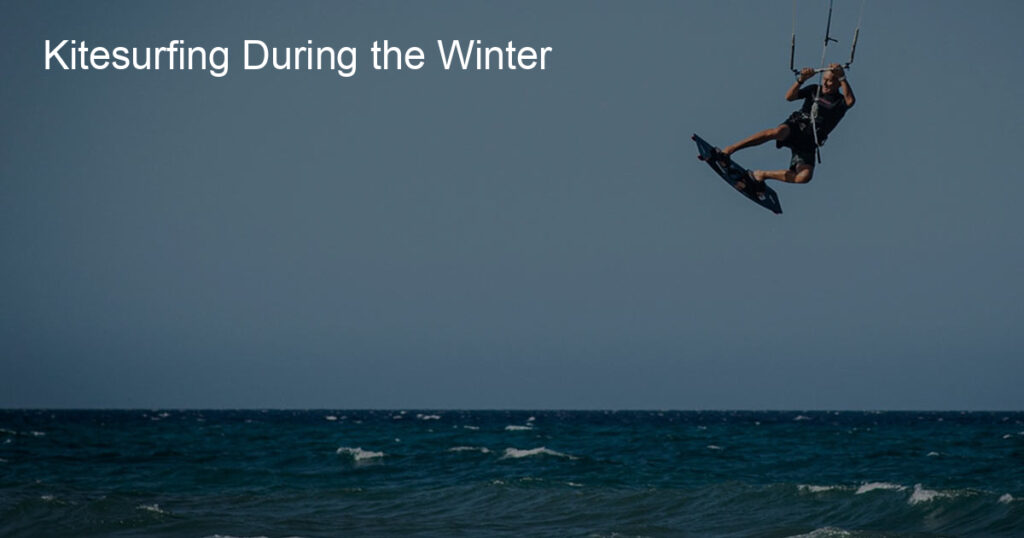Can I Kitesurf in the Winter? Yes you can! But where can you go kitesurfing in the winter? And can I kiteboard in the snow? There are some tips that will help you get started and stay safe when kitesurfing during the winter. Read on for some tips! Listed below are the safety tips for kitesurfing in the winter:
Can you kitesurf in the winter
Winter can be a wonderful time for kitesurfing. The cold air never gets too cold and the nature is pristine. The winter warriors score points by showing respect to nature and the outdoors. Below are a few tips to keep yourself warm while kitesurfing in the winter:
First consider the location. While beaches in tropical regions like Florida and California are ideal some places can be challenging. Try out an offshore location such as Fort Point which has big wind holes and many surfers who don’t like the noise. You can also check out the city beaches in southern California like Crissy Field which has flat water and north winds between 15 and 18 knots. Once you’ve figured out the location you can book a trip to this tropical island.
Even if the winter months can be difficult for kitesurfers you can still enjoy the sport. Although many kite surfers don’t venture out in winter some find the experience magical. You can also practice tricks at these quiet kite spots which can be difficult to find in winter. Check out the KNMI website for locations near you. So get out there and have a blast!
Where can I go kitesurfing in winter
Winter kitesurfing is great but it requires more preparation than normal. If you plan to go during winter you’ll want to prepare properly by getting a proper wetsuit and warm waterproof gear. For winter we recommend a 5.4 mm neoprene suit with a steamer or dry suit and lycra or windstopper under it.
Winter in South Africa is the best time to go kitesurfing. This wintery destination has huge waves big wind and good value for money. You’ll need a wetsuit in cold water but the warm sun will warm you up quickly. You can also participate in the RedBull King of the Air competition during this time. You can also enjoy the city’s other attractions and the warm weather.
Peru is an excellent destination for winter kiteboarding. A small town on the western coast of the country Paracas offers reliable winds year-round. Beginners will appreciate the shallow beach area and bay shape while less-experienced riders will be protected by the shape of the bay. Prices are reasonable with accommodation ranging from $20 in a cosy Airbnb to $50 in a luxurious hotel. While the weather might not be perfect in Peru the wind here is reliably warm making it an ideal destination for beginners and advanced riders alike.
Can you kiteboard in the snow
Kiteboarding in the snow is similar to water sports. Snowkiting requires less wind and can be a great way to start learning the sport. Snowkiters can use any wide flat area with a lot of snow and no need to buy a resort lift pass. Just remember to use caution when practicing. The smallest wind conditions are dangerous. If you are on ice sheet in before jumping and use more front hand when diving.
For beginners a thin layer of snow is sufficient to protect from falls. A good place for learning to kiteboard in snow is a frozen lake or a frozen football field. Snowkiters usually start by using big fields but you can also use private land if you have permission. Remember to inspect the area before setting up your kite; stay away from trees fences powerlines and other obstacles.
Safety tips for Kitesurfing During the Winter
Although kitesurfing during the winter can be quiet and peaceful the cold weather can still be dangerous. Although it may not be as cold as you might imagine it’s still important to make sure that you don’t get cold as this could lead to hypothermia which can be deadly. You should also check your gear for damage before heading out. Here are a few safety tips for winter kitesurfers.
Choose the right kind of board. Different types have different tips. Choose a board that matches your skill level. In general the twin tip board is used for learning the sport. Its shape and size depends on the weight and skill level of the rider. While there are several types of boards available the most popular is the twin tip board. Other options include directional and foil boards. You can also try a skim board or an old refrigerator door.








